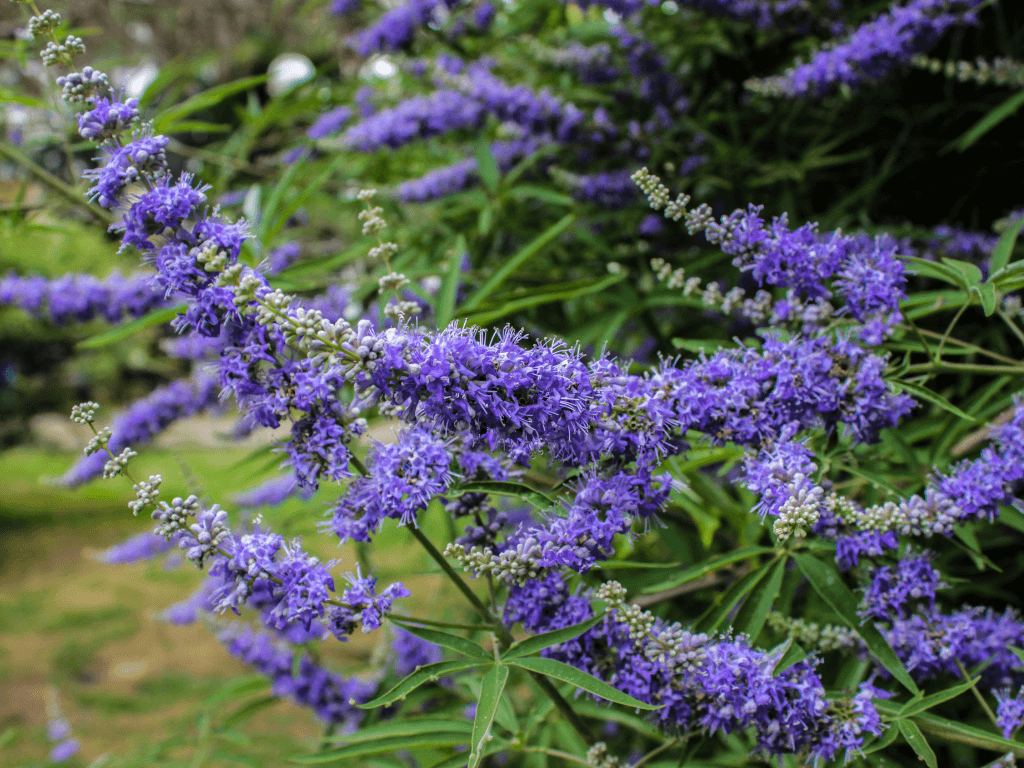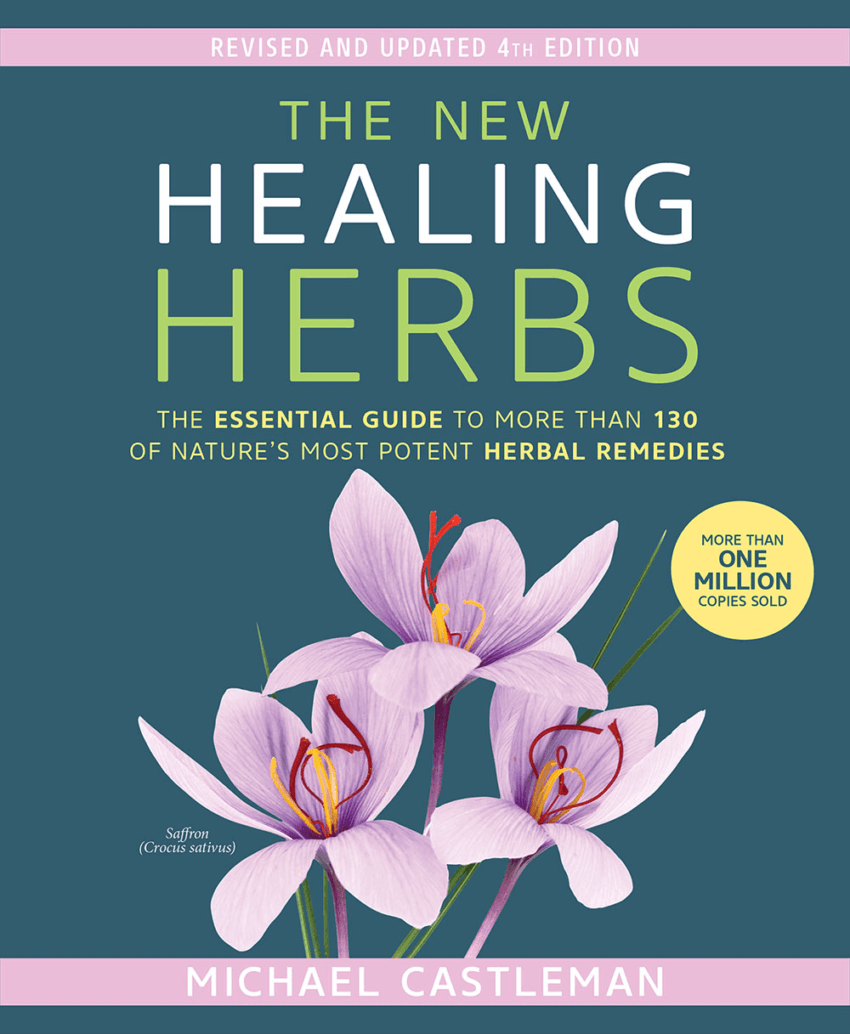
The berries of the ironically named “chaste” tree boost libido and much more.
The lovely lavender flowers of the chaste tree (Vitex agnus-castus), a shrub native to the Mediterranean, produce small, dark fruits (berries) resembling peppercorns. Ancient European herbalists believed the berries suppressed libido, aiding those who sought chastity—hence the “chaste” in its name, and its Latin species name, agnus-castus, meaning chaste lamb. Ironically, chaste tree berries are actually less likely to kill libido than boost it. A recent Iranian study shows that the dried, powdered berries increase women’s sexual desire, and have several other effects many women would welcome.
The Study
The researchers asked 205 sexually active reproductive-age women seen by gynecologists at a university medical center in Iran if they had sex problems and wanted more sexual enjoyment. Women were excluded if they used birth control pills or had histories of depression, premenstrual syndrome, serious illnesses, domestic violence, or alcohol or drug problems. That left 112 participants, who completed a standard survey of women’s sexual function. Then the researchers gave half the group a daily placebo while the other half took chaste tree fruits (4 mg of dried powdered berries per day).
After 16 weeks, the placebo group reported a bit less sexual pain, but no other changes. However, the women who took chaste tree berries showed several sexual benefits that were highly statistically significant (p < 0.001): increased sexual desire, easier erotic arousal, more vaginal self-lubrication, less sex-related pain, easier orgasms, and greater overall sexual satisfaction.
From Lactation Problems to Promoting Chastity
The ancient Greek physician/herbalist, Pedanius Dioscorides (A.D 40-90), wrote the West’s first medical textbook, De Materia Medica (On Medicines). In it, he acknowledged chaste tree’s effect on the female reproductive system but focused on what he called its ability to increase nursing mothers’ milk production. He recommended the tree’s leaves and berries to treat lactation problems and expel the placenta and control post-delivery bleeding. “If blood flows from the womb,” Dioscorides wrote, “let the woman drink dark red wine in which the leaves of the chaste tree have been steeped.”
But as time passed, chaste tree became considered a sex suppressant. In the Iliad, Homer called the herb a symbol of virginity. In ancient Rome, the vestal virgins carried chaste tree twigs as symbols of their chastity.
During the Middle Ages, chaste tree flowers were strewn on the ground before the feet of novitiate priests and nuns as they entered monasteries and convents, symbolically preparing them for lifelong chastity. Monks also ate the peppery fruits to suppress their sexual urges, hence one of the plant’s common names, monk’s pepper.
Beyond Strictly Sexual Benefits
Modern research has shown that chaste tree targets the pituitary gland, increasing luteinizing hormone production and decreasing follicle-stimulating hormone secretion. These changes influence the balance of female sex hormones, reducing levels of estrogen and increasing levels of progesterone. These hormonal changes explain chaste tree’s pro-sexual effects.
Chaste tree also has other actions that may interest women:
• Premenstrual syndrome (PMS). Dutch researchers reviewed 14 studies of chaste tree berries for the prevention of PMS. Thirteen (93 percent) showed benefit. Many of these studies were not methodologically rigorous, but still, the herb looks promising for minimizing PMS.
• Premenstrual breast pain. Many women experience pre-menstrual breast tenderness or pain (cyclic mastalgia). Investigators in Singapore and Australia analyzed 25 studies. They showed that chaste tree berry extract (20 to 40 mg/day for three months) “was effective in relieving breast pain.”
• Discomforts of menopause. A pilot study by Australian researchers suggests that chaste tree berries may help relieve hot flashes and other menopausal complaints.
• Lactation. The ancients may have been correct about chaste tree berries increasing milk production. Or not. Studies have produced conflicting results. But chaste tree berries appear to be safe when used as directed, so nursing mothers who would like to produce more milk might try it in consultation with their healthcare providers.
How To
Chaste tree products are available at most health food stores and supplement shops. Most chaste tree studies have used standardized extracts in capsules or tinctures (alcohol extracts). Follow package directions.
If chaste tree increases lactation, that usually happens with daily use over a few weeks. For other indications, allow a few months.
Chaste tree has never been linked to any significant side effects, but minor problems are possible, notably stomach upset, and possibly, itching, rash, fatigue, and some hair loss.
PS: Iran Is a Center of Herbal Medicine Research
The study of chaste tree berries was conducted in Iran, a political enemy of the U.S., which has imposed harsh economic sanctions. Independent of politics, for decades, Iranian scientists have been prominent in the field of herbal medicine research. U.S. sanctions have made it difficult for Iran to purchase Western pharmaceuticals, and have spurred efforts to replace them with more available, less costly herbal medicines available in Iran, among them chaste tree berries.





